Hungary is home to some of the most remarkable green buildings in the world, showcasing the country’s commitment to sustainable architecture and eco-friendly construction practices. These buildings embody the principles of environmental responsibility and serve as inspiring examples of green building innovation.
- Hungary is a leader in sustainable architecture and eco-friendly construction practices.
- The Servita Square Building in Budapest achieved a LEED Platinum certification for its sustainable design and technologies.
- The “Reborn Home” project in Pécs produces more energy than it consumes, setting new standards for energy-efficient design.
- The “Fabulous Park Kindergarten” in Budapest significantly reduces energy consumption, making it a prime example of green building practices in educational architecture.
- The Hungary Green Building Council (HuGBC) plays a crucial role in promoting environmentally responsible construction practices in Hungary.
Sustainable Design and Technologies at the Servita Square Building
The Servita Square Building in Budapest stands as a shining example of sustainable architecture, incorporating innovative design elements and green building materials. This multi-purpose complex, offering retail, office, and luxury residential units, has been widely recognized for its commitment to environmental sustainability.
One of the key highlights of the Servita Square Building is its use of green building materials. From energy-efficient glass facades to eco-friendly insulation materials, every aspect of the construction has been carefully considered to minimize its impact on the environment. The incorporation of these sustainable materials not only contributes to reducing energy consumption but also reduces the building’s carbon footprint.
The building’s sustainable design is further enhanced by cutting-edge technologies that support energy-efficient operations. Features such as advanced lighting systems, occupancy sensors, and smart temperature controls ensure optimal resource utilization while maintaining a comfortable environment for occupants. The Servita Square Building’s innovative design and technologies have earned it a prestigious LEED Platinum certification, affirming its commitment to green building practices.
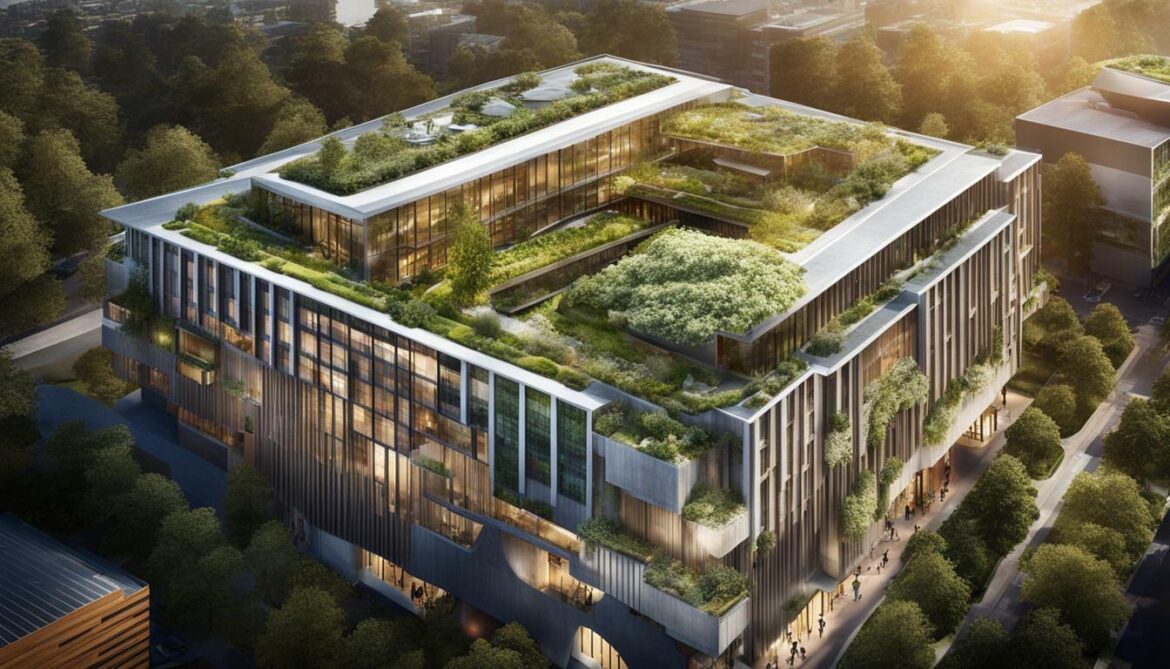
With its sustainable design and technologies, the Servita Square Building sets a benchmark for environmentally responsible construction. It serves as an inspiration for future projects in Hungary, demonstrating how sustainable architecture can be achieved without compromising on aesthetics or functionality.
The “Reborn Home” Project in Pécs: Generating Energy Surplus
The “Reborn Home” project in Pécs is revolutionizing the concept of energy-efficient design, surpassing expectations by generating more energy than it requires. This innovative residential development showcases an extraordinary commitment to environmental sustainability and green building innovation.
By implementing advanced technologies and strategic design choices, the “Reborn Home” project sets a new standard for energy-efficient living. It combines solar panels, state-of-the-art insulation, and smart energy management systems to optimize energy consumption and minimize waste. The result? A home that not only meets its energy needs but actually produces a surplus, contributing to a greener and more sustainable future.
Not only does the “Reborn Home” project in Pécs demonstrate the immense potential of energy-efficient design, but it also promotes awareness and educates homeowners about the benefits of green building practices. By showcasing its success in generating energy surplus, it inspires others to adopt similar strategies, paving the way for a more sustainable built environment.
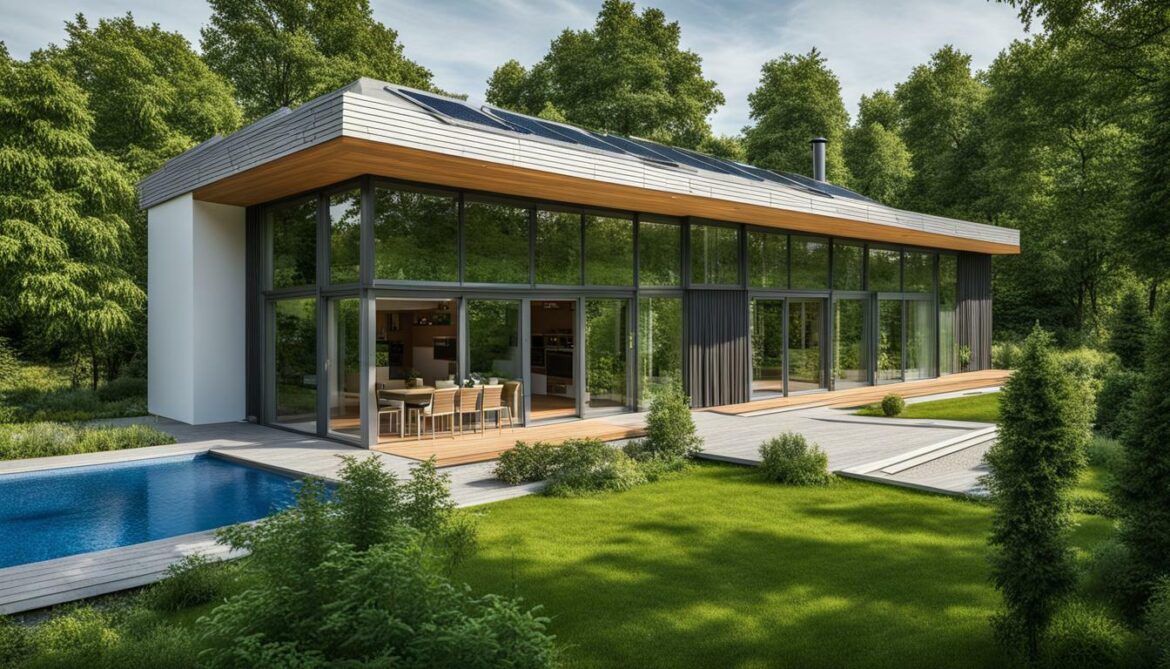
In summary, the “Reborn Home” project in Pécs exemplifies the power of energy-efficient design to go beyond expectations and generate a surplus of energy. It serves as a remarkable model for environmental sustainability and green building innovation, encouraging individuals and communities alike to embrace a more sustainable way of living.
The Energy-Reducing Design of the Fabulous Park Kindergarten in Budapest
The Fabulous Park Kindergarten in Budapest demonstrates the power of energy-efficient design, utilizing green building practices to minimize its energy consumption. This innovative educational facility incorporates sustainable elements and cutting-edge technologies to create an eco-friendly and comfortable learning environment for children.
Designed with energy efficiency in mind, the Fabulous Park Kindergarten implements various strategies to reduce its environmental impact. The building features solar panels that harness the power of the sun to generate clean energy, which is used to power lights, appliances, and heating systems. By relying on renewable energy sources, the kindergarten significantly reduces its reliance on traditional energy grids and minimizes carbon emissions.
In addition to its renewable energy systems, the Fabulous Park Kindergarten employs energy-saving technologies throughout its design. It utilizes efficient insulation materials, such as double-glazed windows and well-insulated walls, to prevent heat transfer and maintain a comfortable indoor temperature. The building also incorporates a smart lighting system that automatically adjusts light levels based on natural lighting conditions, further optimizing energy usage.
The sustainable practices and energy-efficient design of the Fabulous Park Kindergarten make it a prime example of green building practices in the educational sector. By embracing sustainable architecture and prioritizing environmentally conscious construction, the kindergarten not only reduces its ecological footprint but also educates young children about the importance of environmental stewardship. This commitment to sustainable design sets a positive example for future construction projects, inspiring a greener and more sustainable future.
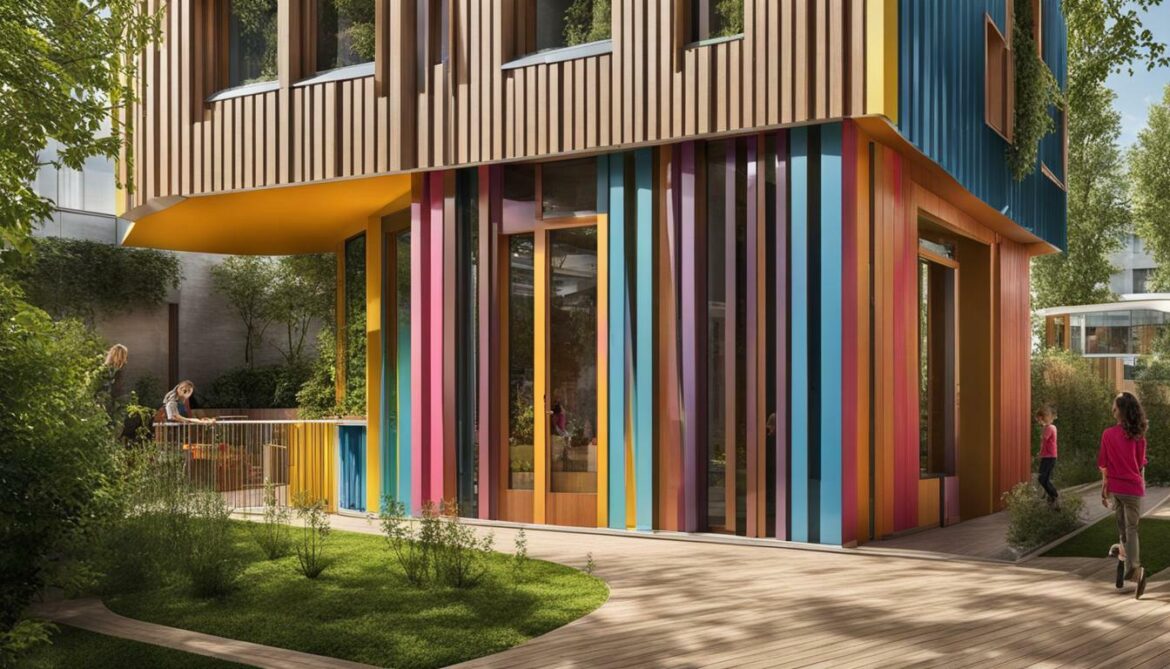
| Key Features of the Fabulous Park Kindergarten |
| Utilization of solar panels for clean energy generation |
| Efficient insulation materials to minimize heat transfer |
| Smart lighting system for optimal energy usage |
| Focus on educating children about environmental sustainability |
The Role of Hungary Green Building Council (HuGBC)
The Hungary Green Building Council (HuGBC) plays a vital role in driving the adoption of green building practices and fostering sustainable development in Hungary. With its commitment to promoting environmentally responsible construction, the HuGBC has become a key influencer in the construction industry. By advocating for the use of green building materials, energy-efficient designs, and innovative technologies, the council actively champions sustainable architecture and construction practices throughout the country.
Through its initiatives and partnerships, the HuGBC encourages the implementation of green building practices that minimize environmental impact and maximize energy efficiency. By providing resources, training programs, and certifications, the council supports professionals and organizations in their pursuit of sustainable development. The HuGBC also plays a crucial role in raising awareness about the benefits of green building practices, inspiring both industry professionals and the general public to embrace sustainable construction.
The HuGBC collaborates with stakeholders, including architects, engineers, developers, and policymakers, to drive sustainability in the built environment. By fostering knowledge sharing and encouraging innovation, the council strives to advance the adoption of sustainable building practices at every stage of a project’s lifecycle. Through its efforts, the HuGBC is instrumental in transforming Hungary’s construction industry and creating a greener, more sustainable future.
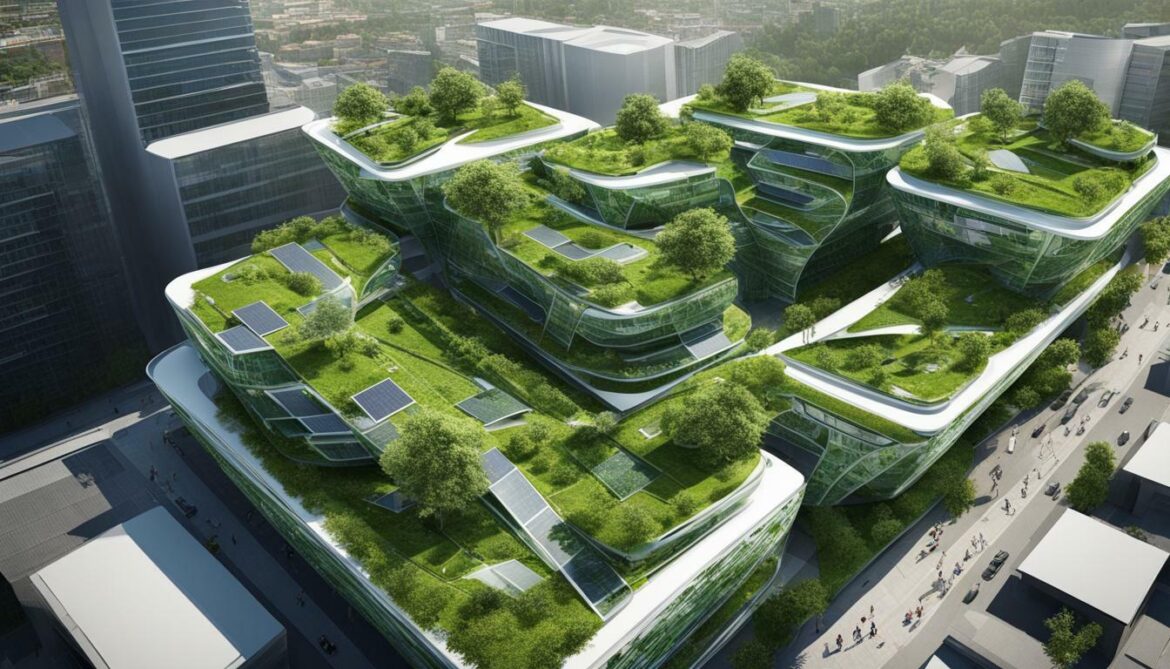
| Key Contributions of Hungary Green Building Council (HuGBC) |
| Advocating for green building practices and environmental sustainability. |
| Providing resources and training programs to promote knowledge exchange and professional development. |
| Encouraging innovation in sustainable architecture and construction technologies. |
| Collaborating with industry professionals, developers, and policymakers to drive sustainable development. |
| Raising awareness about the benefits of green building practices among the general public. |
Advantages of Sustainable Architecture and Green Building Practices
Sustainable architecture and green building practices offer numerous advantages, from reducing environmental impact to fostering innovation in the construction industry. By incorporating eco-friendly construction materials and techniques, these practices contribute to the overall sustainability of our built environment.
One of the key benefits of sustainable architecture is its positive impact on the environment. Green buildings prioritize energy efficiency, water conservation, and waste reduction, resulting in reduced carbon emissions and a smaller ecological footprint. By implementing renewable energy sources, such as solar panels and geothermal systems, green buildings can even generate their own energy, reducing reliance on fossil fuels and promoting a cleaner, greener future.
Not only do sustainable buildings benefit the environment, but they also create healthier and more comfortable spaces for occupants. By using natural ventilation systems, optimal daylighting, and non-toxic materials, green buildings promote indoor air quality and reduce exposure to harmful pollutants. This results in better occupant health and well-being, leading to increased productivity and satisfaction.
Furthermore, sustainable architecture and green building practices foster innovation in the construction industry. Architects and engineers are constantly pushing boundaries to develop new technologies and strategies that optimize energy efficiency, minimize waste, and enhance sustainability. These innovations not only benefit individual projects but also drive industry-wide improvements and inspire others to adopt greener practices.
| Advantages of Sustainable Architecture and Green Building Practices |
| Reduces environmental impact |
| Promotes occupant health and well-being |
| Fosters innovation in the construction industry |
Overall, sustainable architecture and green building practices play a crucial role in creating a more sustainable and resilient future. By considering the environmental impact, health benefits, and potential for innovation, the construction industry can embrace these practices and contribute to a greener, more sustainable world for generations to come.
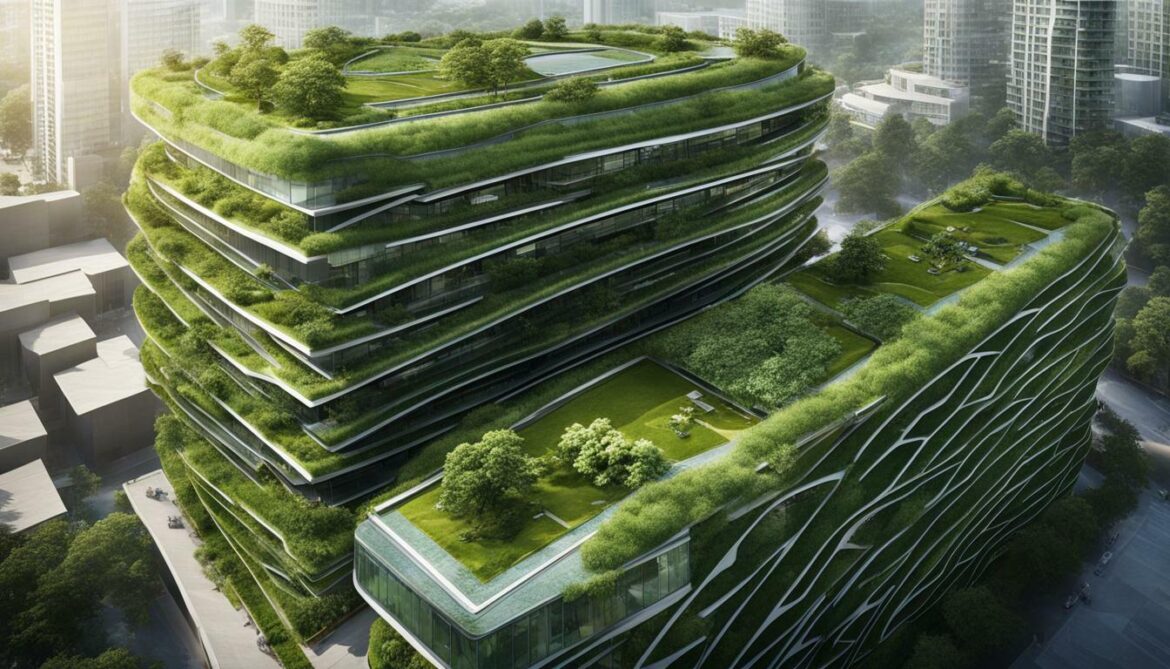
Conclusion
Hungary’s top green buildings are testaments to the power of sustainable architecture and green building practices, showcasing the country’s commitment to environmental sustainability. The Servita Square Building in Budapest, with its LEED Platinum certification, stands as a prime example of sustainable design and technologies. This multi-purpose building not only offers retail, office, and luxury residential units but also integrates eco-friendly materials and practices into its construction.
Another notable initiative is the “Reborn Home” project in Pécs, which goes beyond energy efficiency standards by generating more energy than it consumes. This innovative approach sets a new standard for environmental sustainability in residential architecture. Moreover, the Fabulous Park Kindergarten in Budapest exemplifies energy-reducing design and the implementation of green building practices. By significantly reducing energy consumption, this kindergarten serves as a model for sustainable educational architecture.
Supporting these efforts is the Hungary Green Building Council (HuGBC), which plays a crucial role in promoting environmentally responsible construction practices across the country. Through its initiatives and collaborations, the HuGBC drives the adoption of sustainable building practices and contributes to the overall goal of achieving environmental sustainability in Hungary.
In conclusion, Hungary’s top green buildings not only demonstrate the possibilities of sustainable architecture but also highlight the benefits of embracing green building practices. By prioritizing eco-friendly construction materials, energy-efficient designs, and innovative technologies, these buildings pave the way for a more sustainable future. It is our hope that these inspiring examples will inspire and encourage the wider adoption of sustainable practices in construction, not only in Hungary but around the world.
FAQ
What are some of Hungary’s top green buildings?
Some of Hungary’s top green buildings include the Servita Square Building in Budapest, the “Reborn Home” project in Pécs, and the “Fabulous Park Kindergarten” in Budapest.
What is the significance of the Servita Square Building in Budapest?
The Servita Square Building in Budapest achieved a LEED Platinum environmental certification for its sustainable design and technologies. It offers retail, office, and luxury residential units.
What is the “Reborn Home” project in Pécs?
The “Reborn Home” project in Pécs is a sustainable initiative that produces more energy than it uses. It goes beyond energy efficiency standards and contributes to environmental sustainability.
How does the Fabulous Park Kindergarten in Budapest reduce energy consumption?
The Fabulous Park Kindergarten in Budapest reduces energy consumption significantly through its energy-reducing design and the use of green building practices. It sets a great example of sustainability in educational architecture.
What role does the Hungary Green Building Council (HuGBC) play?
The Hungary Green Building Council (HuGBC) plays a crucial role in promoting environmentally responsible construction practices across the country. It enhances green building practices and contributes to sustainable development in Hungary.
What are the advantages of sustainable architecture and green building practices?
Sustainable architecture and green building practices have several advantages. They positively impact the environment, enhance energy efficiency, and encourage innovation in the construction industry. Utilizing eco-friendly materials and embracing green building innovations are essential.
Source Links






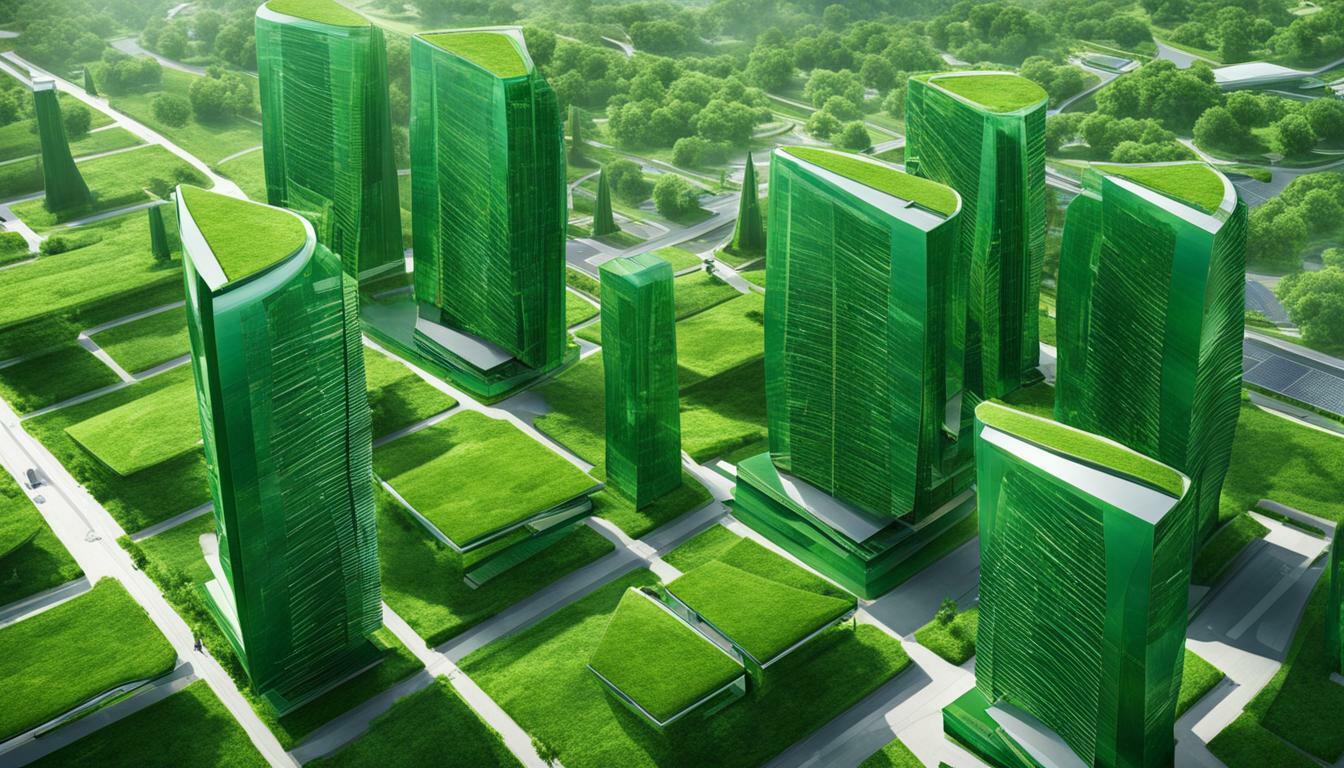
















Post comments (0)